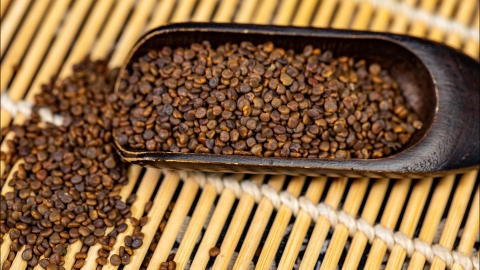Is the combination of Rehmannia glutinosa, Astragalus complanatus, and Paeonia lactiflora scientifically reasonable?
Generally speaking, for syndromes such as yin deficiency of the liver and kidney or blood deficiency, it is usually scientific and reasonable to use Rehmannia glutinosa (Shu Di Huang), Astragalus complanatus (Sha Yuan Zi), and Paeonia lactiflora (Bai Shao) in combination after professional syndrome differentiation. However, it is unscientific and unreasonable to use them blindly without accurate syndrome differentiation or if the syndrome type does not match. Detailed analysis is as follows:

Rehmannia glutinosa can nourish yin and enrich blood, Astragalus complanatus can tonify the kidney and consolidate essence, and Paeonia lactiflora is effective at nourishing blood and soothing the liver. When combined, these three herbs can synergistically address symptoms such as dizziness and fatigue caused by yin deficiency of the liver and kidney, or discomfort caused by blood deficiency. This combination aligns with the TCM principle of syndrome differentiation and treatment, thus being reasonable in formulation.
If the body is experiencing internal excess damp-heat or the initial stage of external pathogenic invasion, using these three herbs may exacerbate the existing discomfort. Since all three herbs tend to be nourishing, their use in cases of damp-heat may promote dampness accumulation, while their use in external contraction conditions may trap the pathogen inside the body. In such situations, this combination does not meet the therapeutic requirements and may fail to achieve a regulatory effect.
Although Rehmannia glutinosa, Astragalus complanatus, and Paeonia lactiflora are commonly used Chinese herbs, they may also cause some side effects, such as allergic reactions, heatiness (excess internal heat), or increased burden on the liver and kidneys. The combination of Chinese herbs should consider individual constitution and specific syndrome type. It is important not to self-prescribe combinations. If discomfort occurs after taking these herbs and persists, professional guidance should be sought promptly.




